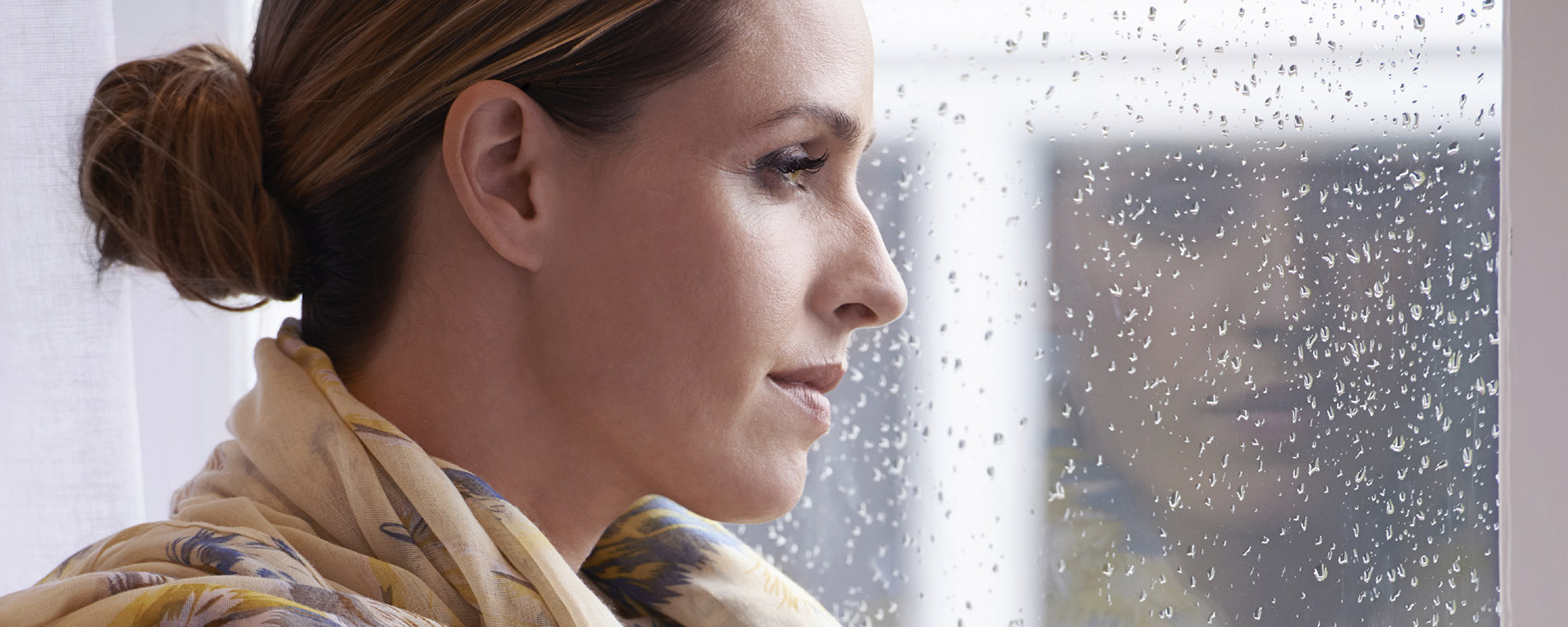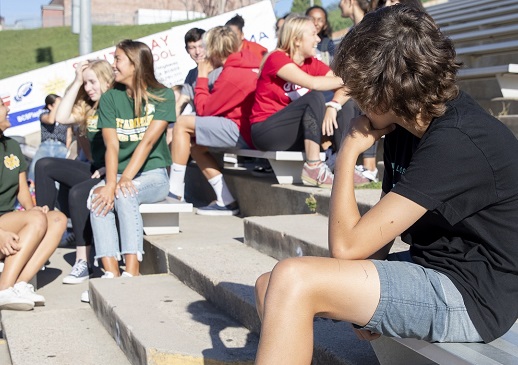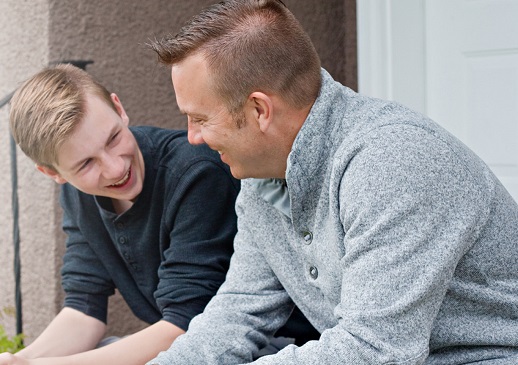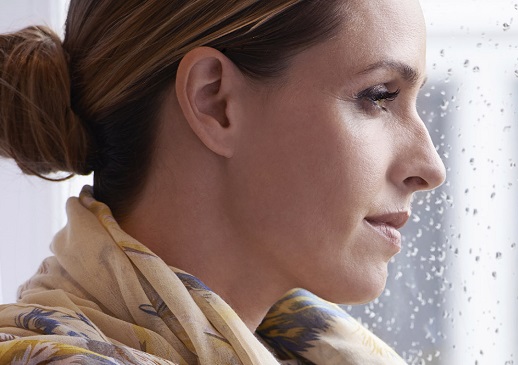Beach Cities Health District has identified substance use as a health priority for 2022-25. For more information about the health priorities, visit www.bchd.org/healthreport.
Know the Facts
Key Terms
- Substance use: The use of substances (including alcohol, tobacco products and cannabis) – even one time – that can result in possible dependence and other harmful effects.
- Substance misuse: The use of any substance in a manner, situation, amount or frequency that can cause harm to users or to those around them. For some substances or individuals, any use would constitute as misuse (e.g. under-age drinking, injection drug use).
- Substance use disorders: A medical illness caused by repeated misuse of a substance or substances. Severe substance use disorders are commonly called addictions.
Sources: CDC, 2023; American Addiction Centers, 2024
General Facts
- In 2020, almost 15% of Americans aged 12 or older (40.3 million) had a substance use disorder in the past year (CDC, 2024).
- It is estimated that 107,543 drug overdose deaths occurred in the United States in 2023, a 3% decline from deaths recorded in 2022 (CDC, 2024).
- In 2022, about 22 teens died each week from a drug overdose in the United States (UCLA Health, 2024).
- Between 2016 and 2022, the number of accidental fentanyl overdose deaths increased by 1,652% in Los Angeles County (LA Public Health, 2024)
- Substance misuse was identified by the U.S. Department of Health and Human Services as a major public health challenge in the 2016 U.S. Surgeon General’s Report on Alcohol, Drugs, and Health. Learn more about the report here.
Upcoming Events
What I Wish My Parents Knew: Dangers of Youth Substance Use and Fentanyl
Beach Cities Health District (BCHD) and the Beach Cities Partnership for Youth Coalition is partnering with South Bay Families Connected, Hermosa Beach City School District, Manhattan Beach Unified School District and Redondo Beach Unified School District to host in-person events that will include a film screening of “Come Back Home,” the newest fentanyl documentary by Dominic Tierno and Christine Wood that delves into the lives of young people who survived the loss of their loved ones to fentanyl, followed by a panel discussion. This event is intended for parents and caregivers to hear from young people who have lived experience with substance use. Young people from local recovery programs and sober communities will share their stories and what they wish their parents knew. Attendees will have the opportunity to engage in a candid discussion with the panel to learn more about what they can do to better support the mental health of young people in their life.
Naloxone (the life-saving opioid overdose reversal medication) will be available for participants. BCHD’s supply of naloxone is provided by the California Health Care Services’ Naloxone Distribution Project.
- Monday, October 21, 2024
6 – 7:30 p.m.
Manhattan Beach Middle School
1501 N. Redondo Ave., Manhattan Beach
Music Building
REGISTER HERE
Substance Use and COVID-19
Since the COVID-19 pandemic was declared a national emergency in March 2020, drug overdoses in Los Angeles County have increased in all age groups. Research on how substance use affects susceptibility to COVID-19 is still evolving, but thus far smoking and substance use disorders have been included in the list of underlying medical conditions associated with high risk for severe COVID-19 illness by the Centers for Disease Control and Prevention. For more information on COVID-19, visit bchd.org/coronavirus.
Youth
General Facts
- Alcohol, marijuana, and tobacco are the substances most commonly used by adolescents.
- Despite it being illegal for people under 21 years of age to consume alcohol, people 12–20 years of age consume about one-tenth of all alcohol consumed in the United States.
Source: CDC, 2020
In the Beach Cities
- According to the California Health Kids Survey, students in the Beach Cities report high rates of alcohol and drug use.
- Self-report of current alcohol or drug use almost triples between 9th (10.5%) and 11th grade (29.5%) which is significantly higher than that of Los Angeles County and state-level trends.
- By 11th grade, more than 1 in 4 students report using alcohol or drugs in the past 30 days.
Source: California Healthy Kids Survey, 2022
Adults
General Facts
In the Beach Cities
- Twenty percent of Beach Cities adults have more than 7 alcoholic drinks per week, compared to 12% of adults in the United States (Gallup Well-Being Index (WBI), 2017).
- Fourteen percent of Beach Cities adults use drugs or medications, including prescription drugs, almost every day to help them relax or affect their mood (Gallup Well-Being Index (WBI), 2020).
Naloxone Training Video
Resources
- Los Angeles County Department of Public Health: The Substance Abuse Prevention and Control program leads and facilitates the delivery of a full spectrum of prevention, treatment and recovery support services proven to reduce the impact of substance use, abuse and addiction in Los Angeles County.
- Centers for Disease Control and Prevention: Alcohol and Public Health: What You Need to Know.
- Substance Abuse and Mental Health Services Administration (SAMHSA): Promoting and implementing prevention and early intervention strategies to reduce the impact of mental and substance use disorders in America’s communities.
- South Bay Families Connected: Supporting parents in their efforts to help their kids reach their full potential and live healthy, fulfilled lives. South Bay Families Connected offers parents free resources, education and opportunities to connect.
- Teen Program: Torrance Memorial’s Thelma McMillen center offers an affordable, comprehensive and personalized outpatient program for teens ages 13 to 17.
- STOP Underage Drinking: National Interagency Coordinating Committee on the Prevention of Underage Drinking (ICCPUD) including comprehensive research and resources on prevention.
- Partnership to End Addiction: The nation’s leading organization dedicated to addiction prevention, treatment and recovery.
- Freedom4U: Freedom4U helps identify, develop and release the potential of youth into their life purpose by offering peer-driven healthy activities such as creative arts, life skills, service projects and leadership opportunities to youth in the South Bay/Harbor Area of L.A.











